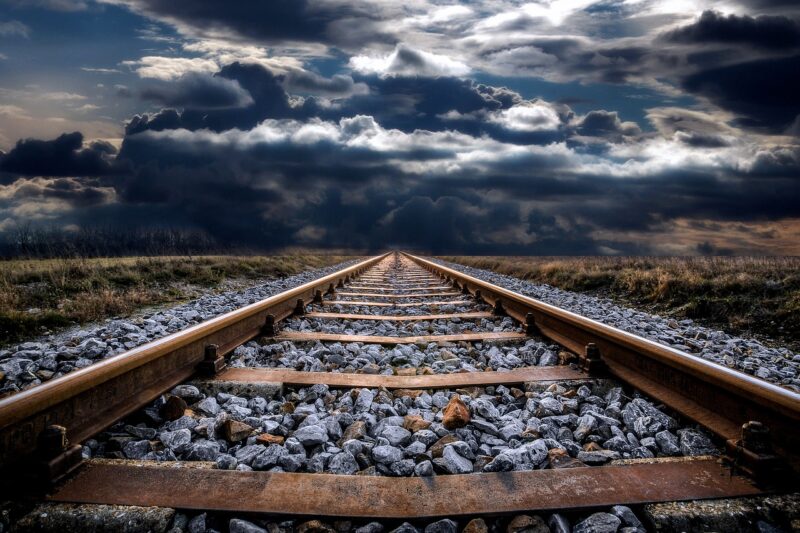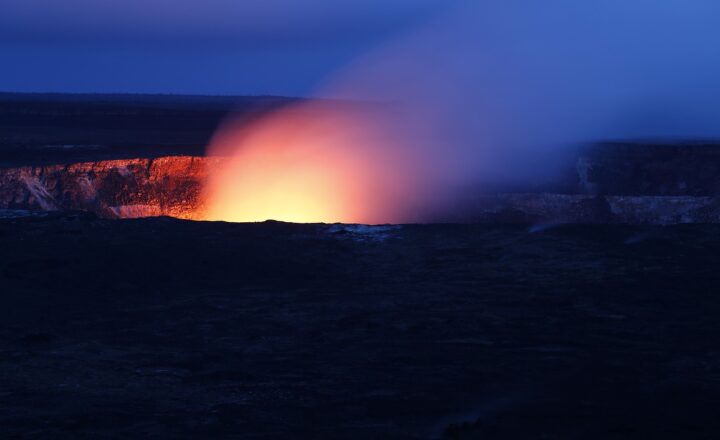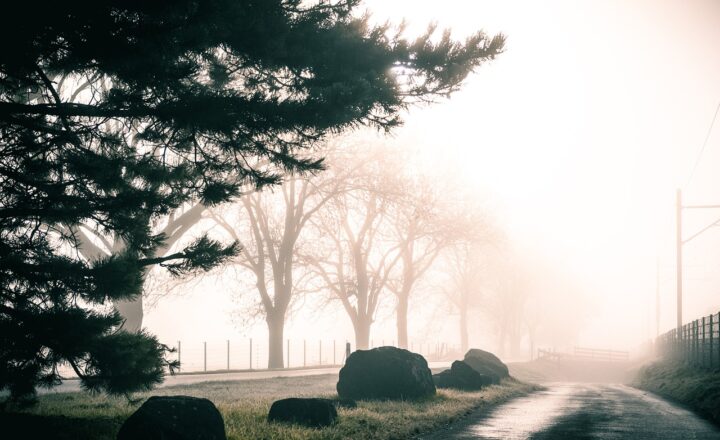Why People Claim to See Ghost Trains on Abandoned Tracks
November 15, 2024

Ghost trains—those eerie specters of iron and steam—have long captivated the imagination of both the curious and the skeptical. Throughout history, stories of phantom locomotives chugging along forgotten tracks have emerged from various corners of the world, igniting the curiosity of those fascinated by the paranormal. In this article, we will delve deep into the phenomenon of ghost trains, exploring the psychology behind these sightings, cultural folklore, and the incredible journey of trains that still holds a place in the hearts of many.
1. Understanding the Mythos of Ghost Trains
The tales of ghost trains typically revolve around abandoned rail tracks, where witnesses claim to see or hear a train that has long ceased to exist. These sightings are often accompanied by reports of unusual sounds such as distant whistles or the clattering of wheels on tracks.
Many folklore experts suggest that ghost trains represent a cultural manifestation of our collective fears, nostalgia, and loss connected to the rail industry. Trains have played significant roles in shaping modern societies, enabling transportation of goods and people, yet they are also symbolically linked to speed and the passage of time.
This displeasure towards the loss of something so integral to societal advancement might manifest in the form of ghostly apparitions. Additionally, trains are often associated with tragic events in history:
- Railroad accidents resulting in loss of life.
- The closure of lines causing communities to become isolated.
- The haunting memory of World War II trains transporting prisoners.
These themes of death and nostalgia contribute to the rise of ghost train sightings as they become intertwined with collective memory.
2. Psychological Explanations for Sightings
Psychologically, sightings of ghost trains can be attributed to several factors:
- Pareidolia: This is the tendency of human perception to attribute recognizable patterns to random stimuli. When individuals encounter dark shapes or hear unusual sounds near abandoned tracks, their brains may interpret this as a phantom train, much like how we can see faces in clouds or hear voices in static.
- Sleep Deprivation and Fatigue: Individuals who venture to the outskirts of cities or into desolate areas may not only be searching for paranormal activities but also experience factors like fatigue and anxiety. Such conditions can distort perceptions and lead to hallucinations or tricks of the mind that resemble ghostly experiences.
- Confirmation Bias: Once someone believes in the existence of ghost trains, they are more likely to interpret experiences through that lens. This selective attention can reinforce beliefs, causing those who are skeptical to become convinced of the supernatural by the desire to belong to those anecdotes.
Thus, psychological factors work in tandem with environmental contexts to create believable ghost train stories.
3. Cultural Interpretations of Ghost Trains
Across different cultures, ghost trains have distinct narratives and interpretations. The following examples illustrate how diverse legends crystallize in the minds of local communities:
- The ‘Ghost Train’ of the Canadian National Railway: Locals in the area recount tales of a light traversing the dark tracks of abandoned railway lines near Cape Breton. This light is attributed to the lost souls of railway workers who tragically experienced fatal accidents during their shifts.
- The ‘Phantom Express’ of the UK: People in various locations across the UK have reported sightings of the “Phantom Express,” a steam locomotive that some believe to be linked to World War II tragedies. The sounds of whistle blasts followed by sudden silence leave witnesses intrigued and terrified simultaneously.
- The Ghostly Train of the Melrose Rail Trail (USA): Hearings of whistles accompanying sightings of spectral trains have led many explorers to speak of hearing laughter or cries of children thought to be associated with the tragic past of loss and abandonment when the train lines shut down.
These cultural narratives establish a connection between the experience of ghost trains and local history, allowing individuals to explore the complex human emotions surrounding mortality, loss, and memory.
4. Real-Life Encounters and Their Impact
There are many firsthand reports of ghost train sightings that contribute to the growing lore and fascination with these ghostly locomotives:
One widely recognized case is the **Screaming Tunnel** in Ontario, Canada, where a woman reportedly died from a train collision, leading to tales of a ghostly figure appearing at dusk, silently begging for help. The story behind this event has led many paranormal enthusiasts to investigate the area, contributing to a pervasive myth that continues to baffle science.
Another instance is the **Shrieking Ghost Train** in the outskirts of Hendersonville, NC. Witnesses describe an allegedly haunted railroad, exclaiming the detectable sound of a train making its rounds long after operational time has passed.
These encounters have fueled folklore and contributed to the uncanny atmosphere surrounding abandoned railroads, fostering community engagement and storytelling.
5. Conclusion: Why Does the Idea Persist?
Ghost trains represent more than just spectral sightings; they are intertwined with the fabric of our cultural memory. Whether driven by psychological phenomena, profound loss, or cultural storytelling, the narrative surrounding ghost trains remains persistent. They remind us of the past, instilling a sense of wonder and curiosity for the mysteries surrounding our historical landscapes.
In embracing these myths, we acknowledge the human experience of mourning change and the influence of collective memory. The next time you hear about a ghost train, remember that these stories reflect much more than just a lingering spirit—they echo the fragile essence of our shared history and humanity.
As technology advances and rail lines continue to fade into history, the phenomenon of ghost trains serves as an exciting reminder that we, as a society, are woven into the fabric of our beloved but fading infrastructure.
Join the conversation on ghost trains. Have you ever experienced a sighting or heard an eerie story? Share your thoughts and keep the tradition alive!







